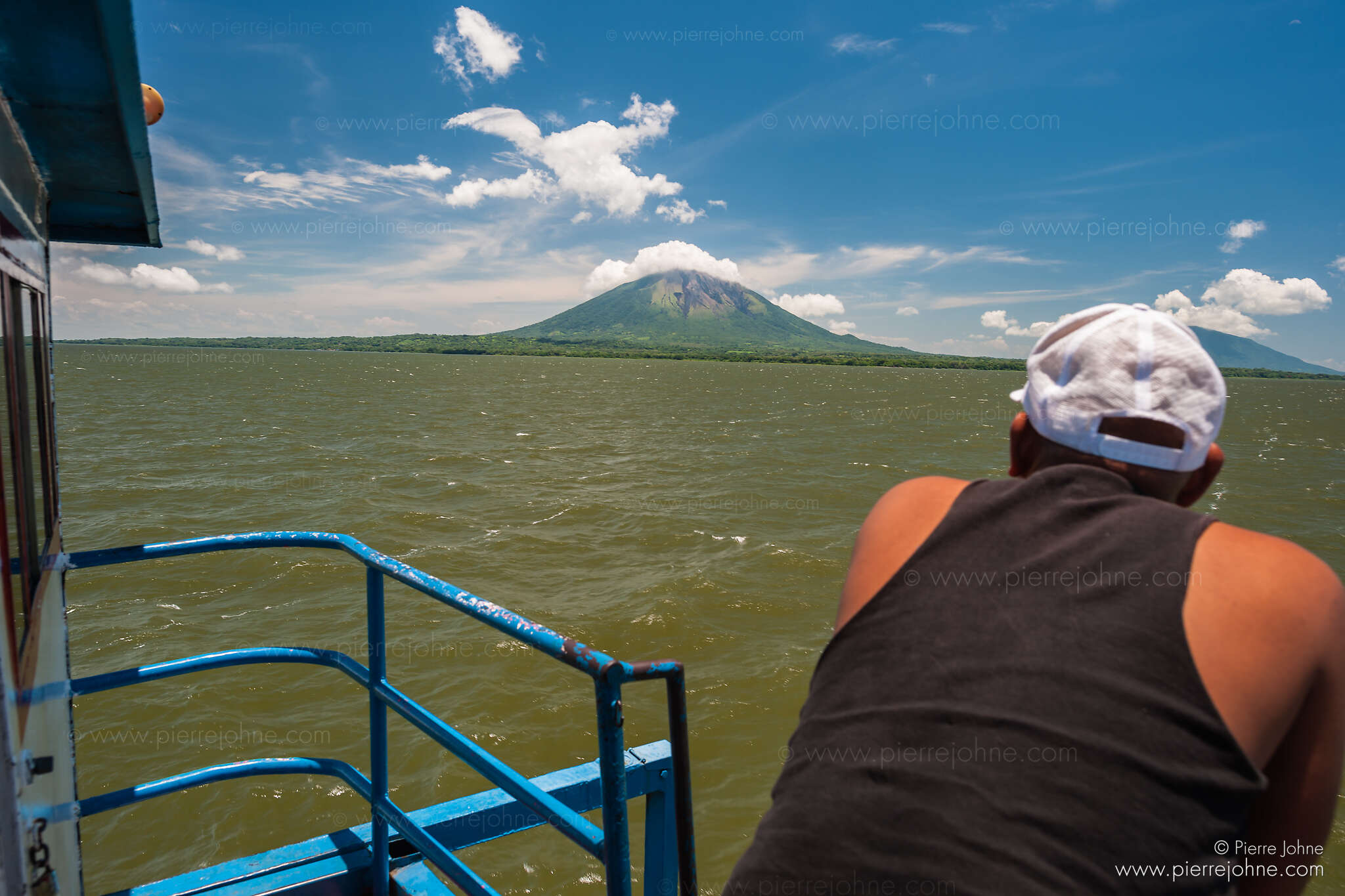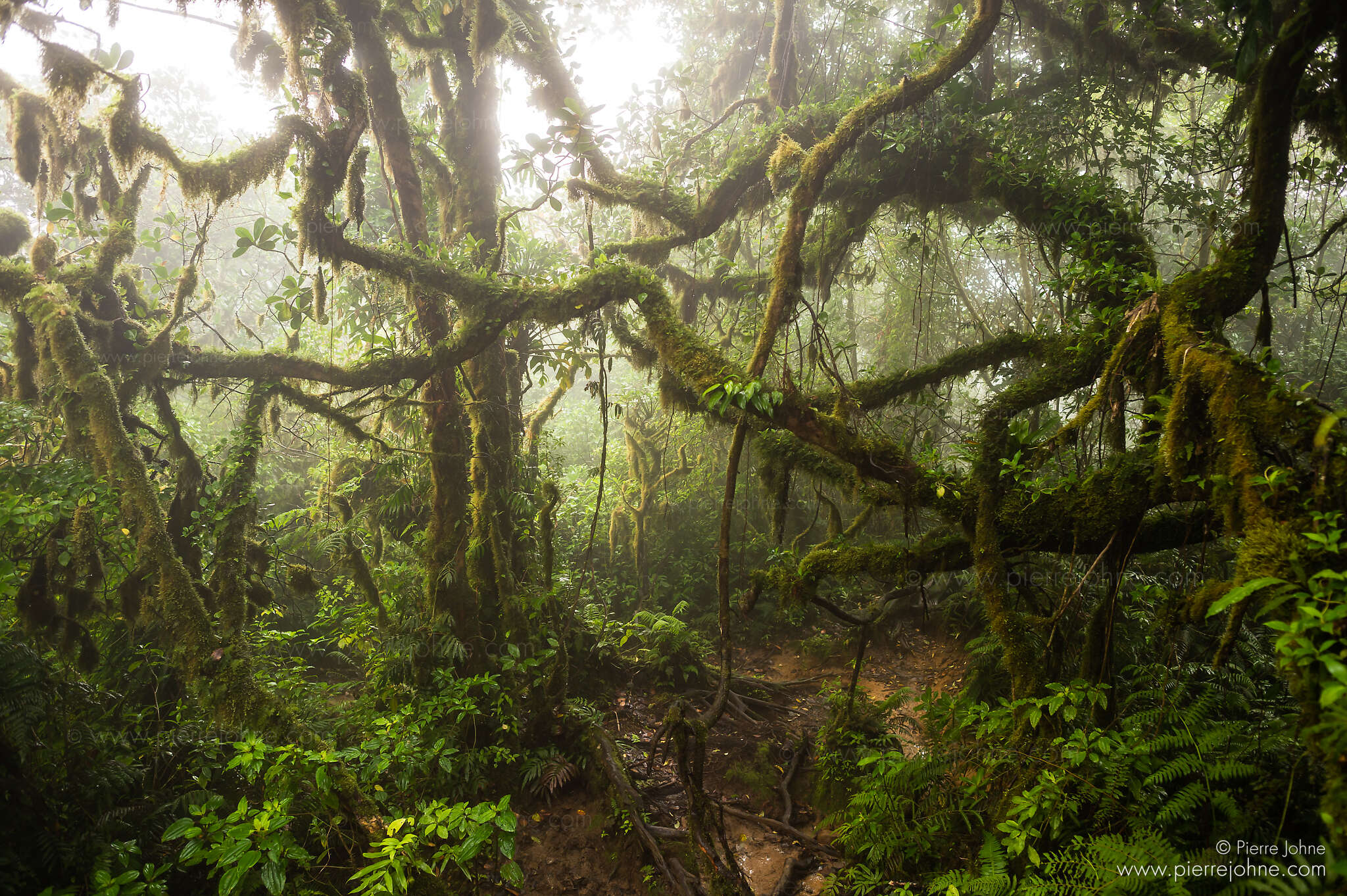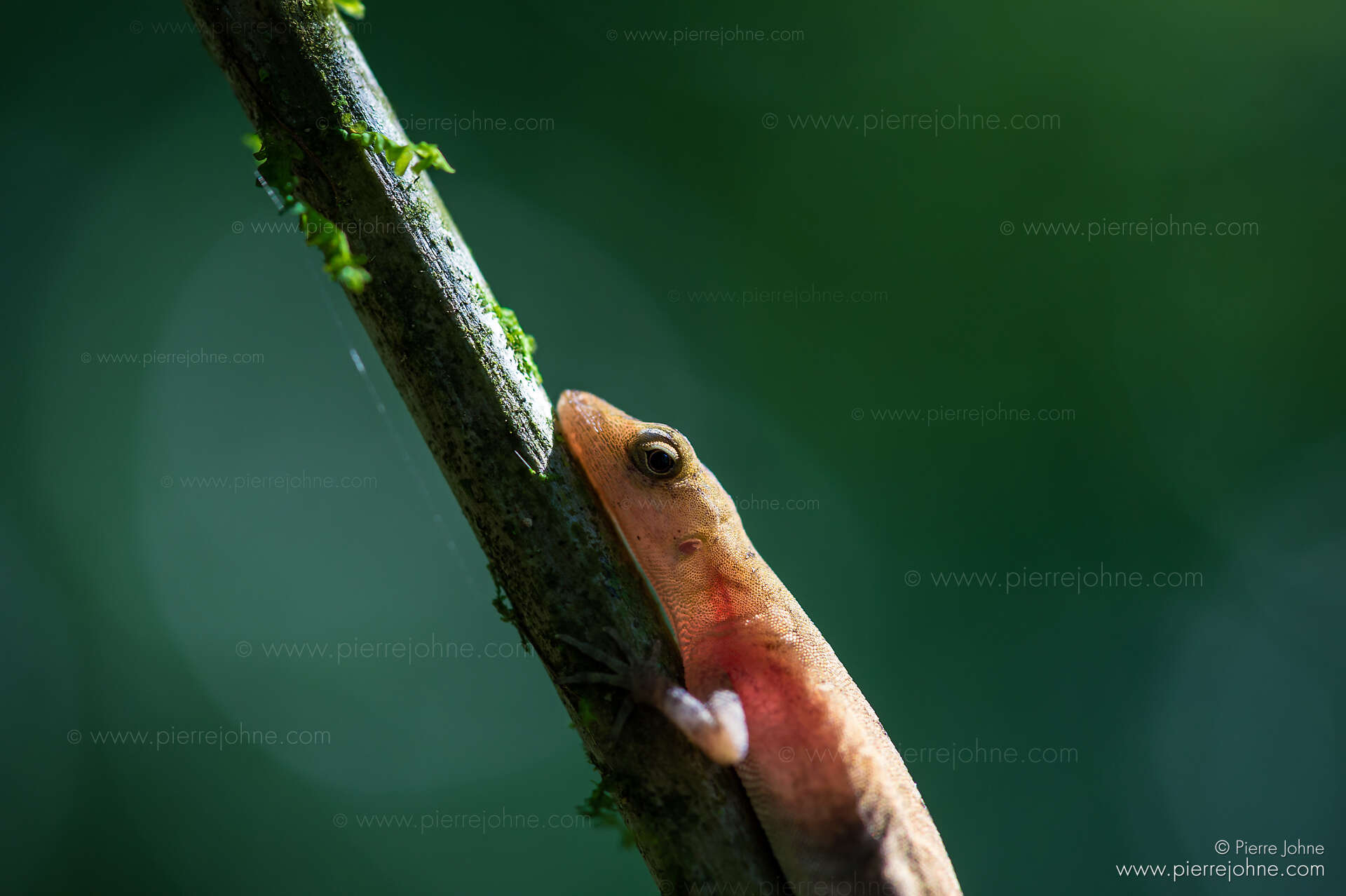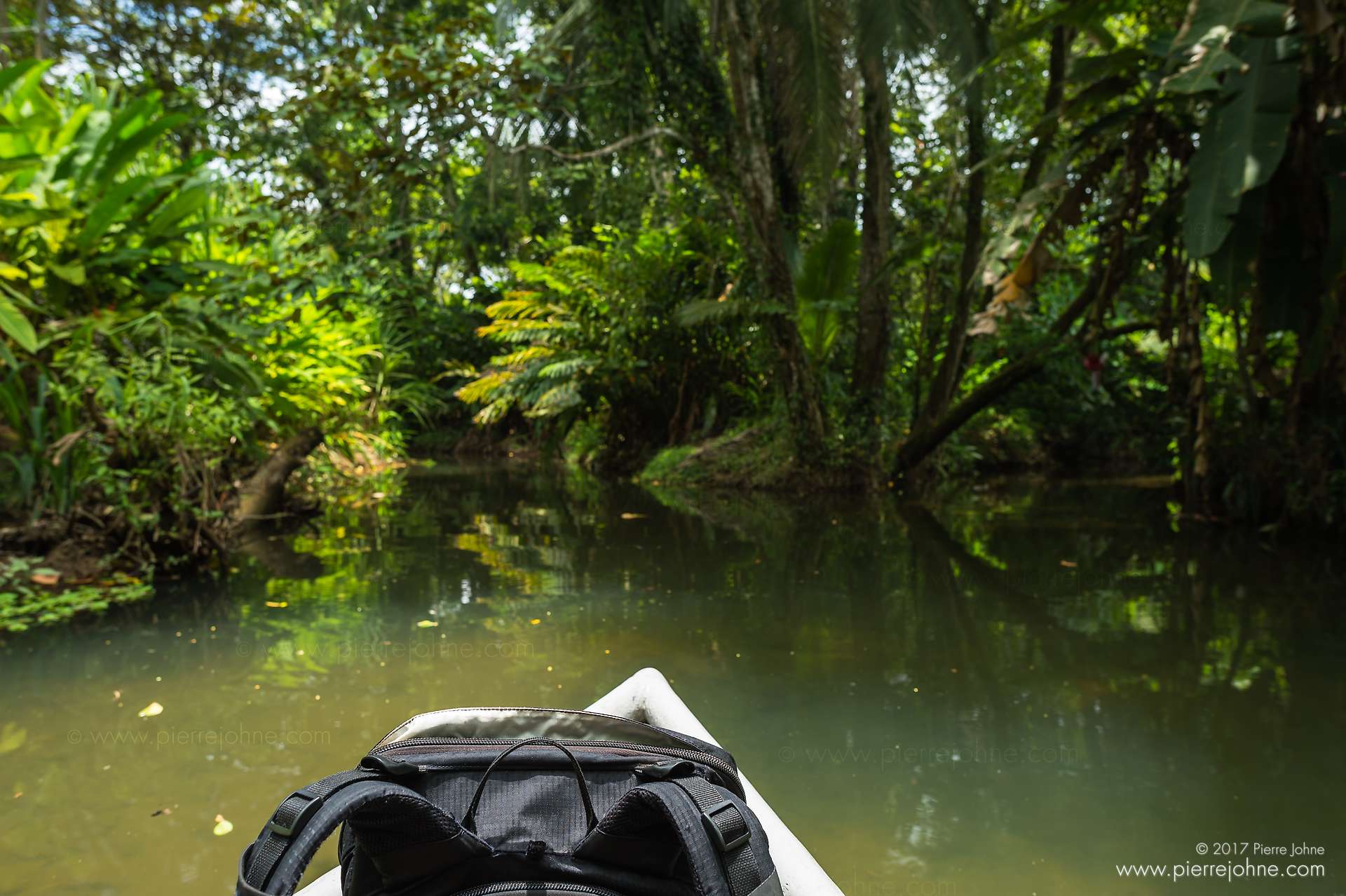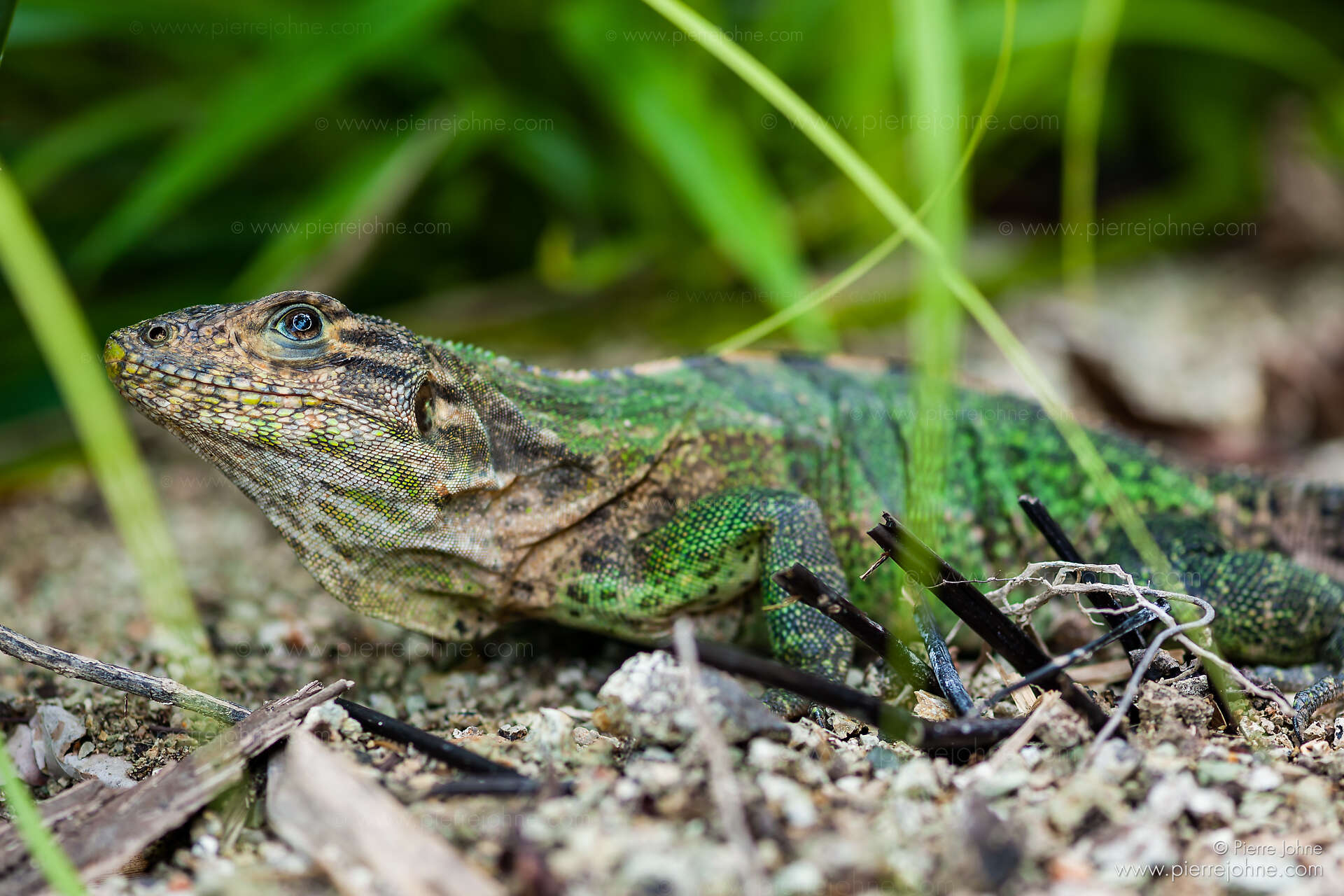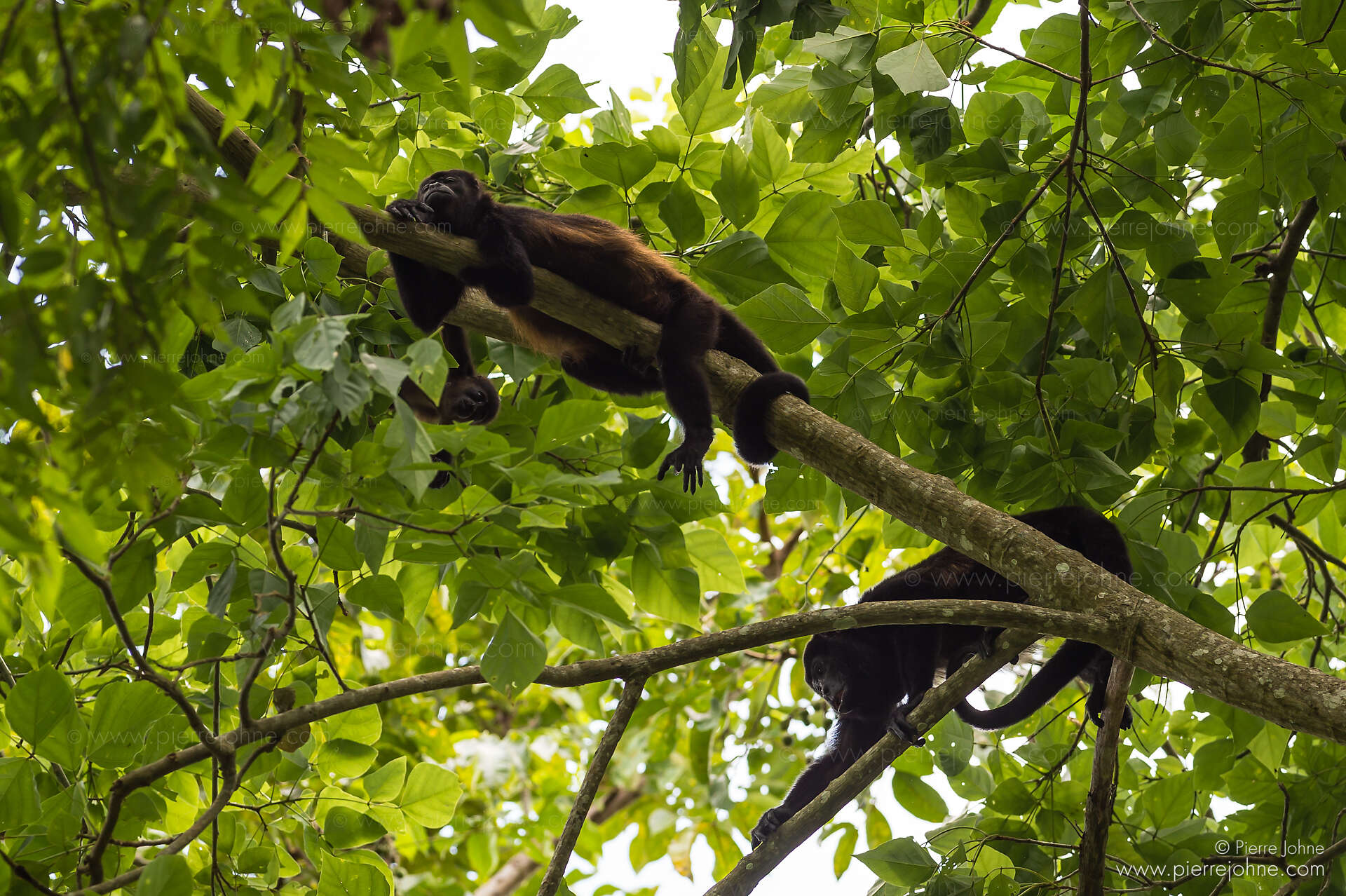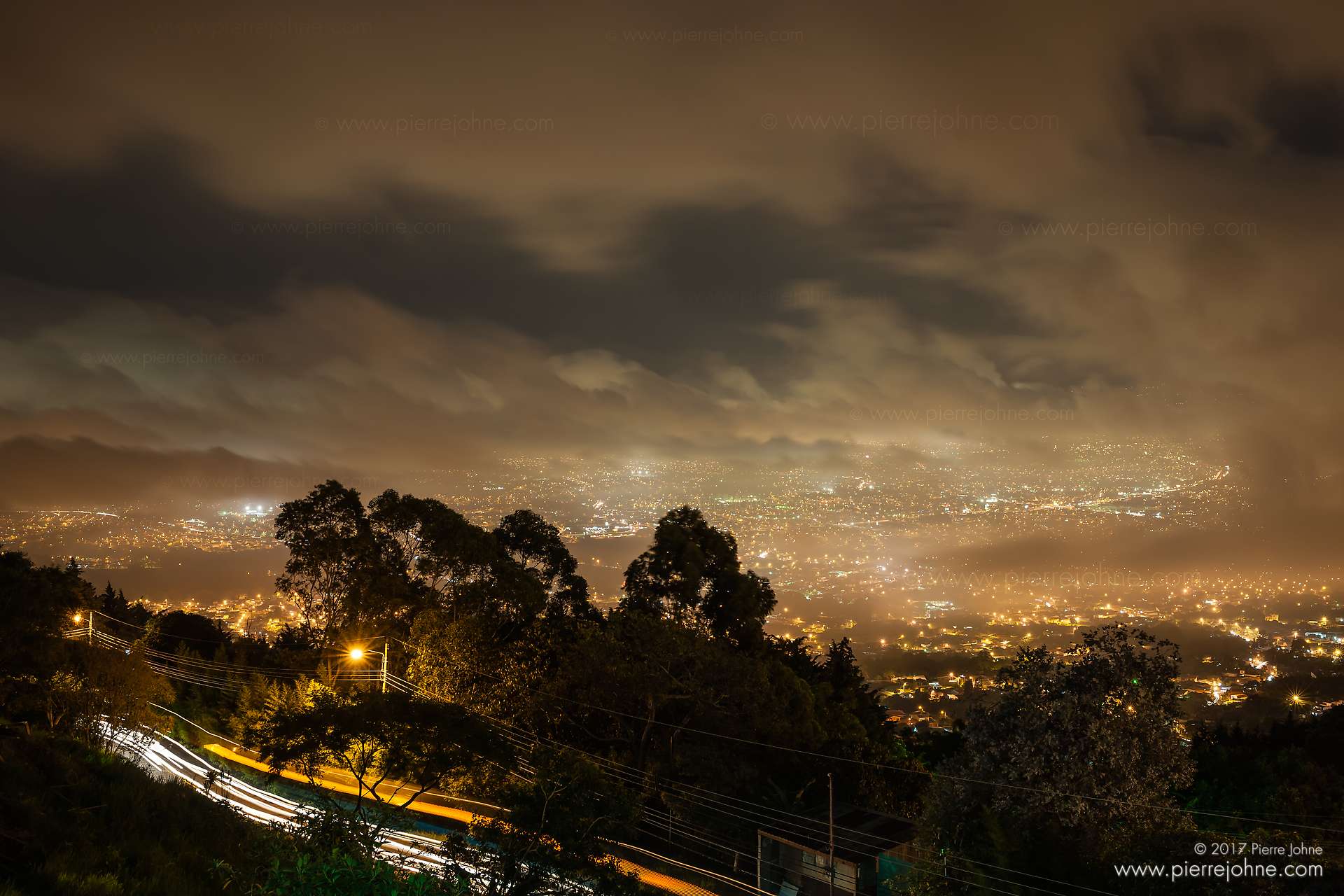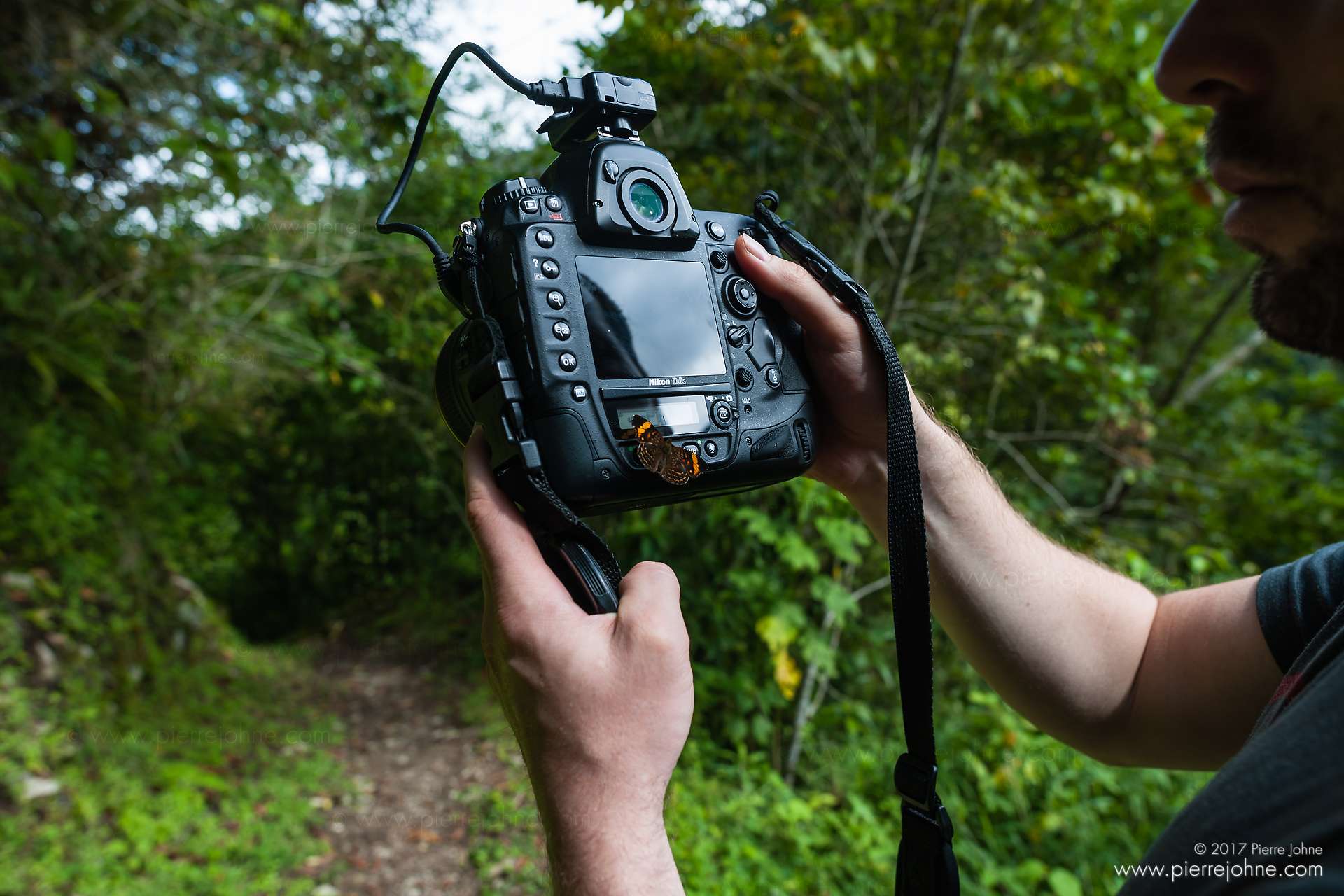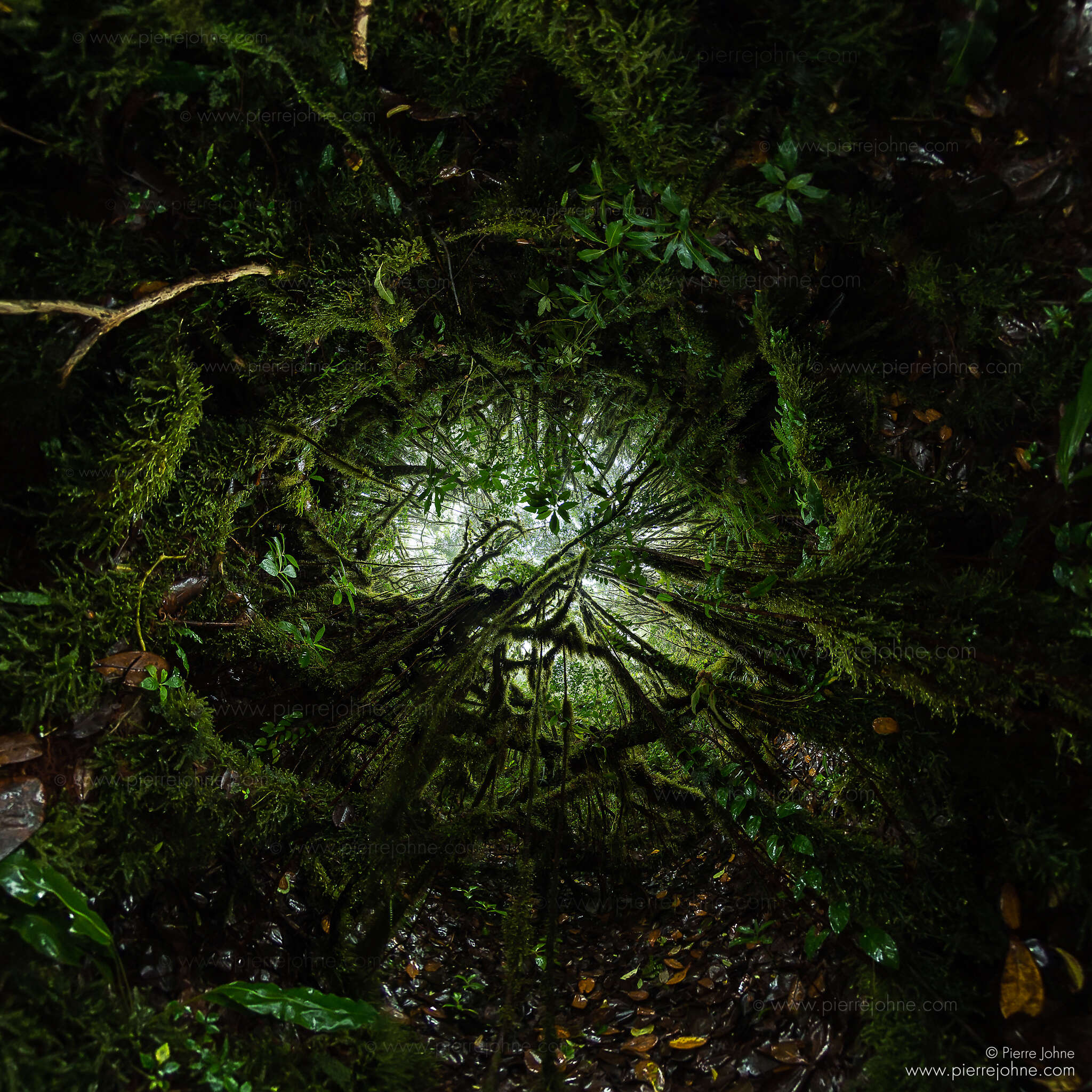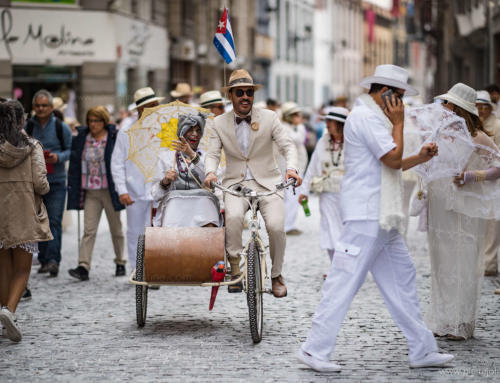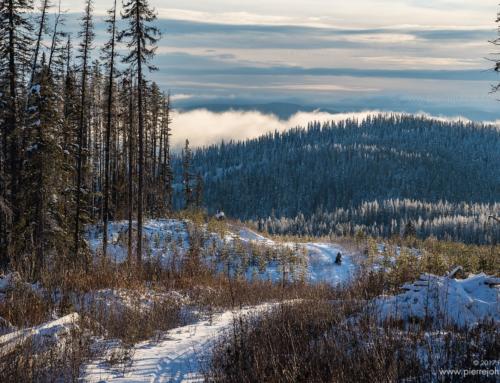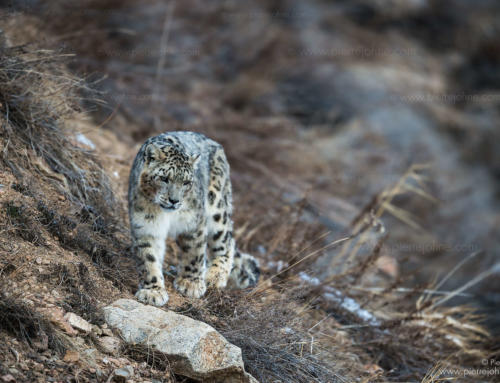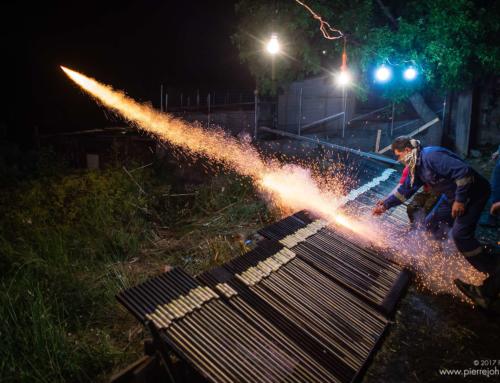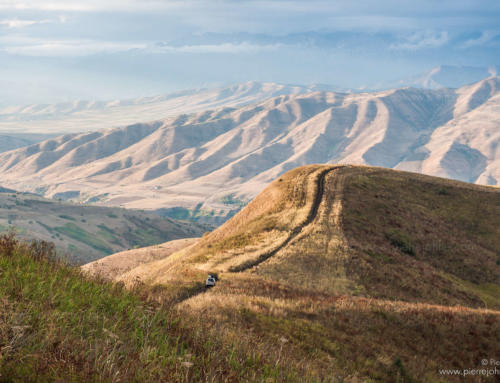In summer 2014, I travelled to Central America: discovering Costa Rica, climbing up a volcano in Nicaragua, crossing a wacky border to Panama and being fascinated by the lights of Panama City.
End of August 2014 my path should lead me to San José in Costa Rica. A giant thunderstorm over San José urged the pilots to stop circulating over the city and to head for the next airport – Panama City. The next day, I finally reached my destination.
Costa Rica, the “rich coast” in the official language, Spanish, is located in Central America. Bordered by Nicaragua to the north, Panama to the southeast, the Pacific Ocean to the west, the Caribbean Sea to the east. It is regarded as one of the most advanced Latin American countries, not just because it permanently abolished its army in 1949 to spend the money to the education and health program, but also for its great interest in environmental sustainability: 90% of energy obtained from renewable sources, and 27% of the country’s land area is in protected national parks and protected areas. No wonder, because Costa Rica has an incredible biodiversity and thus is a treasure chest of tropical fauna.
Conservation and animal protection are personally very important to me, and so I try as often as possible to help in person as well as with my images. I like to capture the beauty of our planet, but also want to call attention to grievances with my images. After my arrival, I visited an ecological project in Montezuma on the Pacific coast. The kilometre-long beaches offer perfect conditions for nesting for many different sea turtle species threatened or partly even on the brink of extinction, such as the green sea turtle, hawksbill sea turtle and the ridley sea turtle. I visited one of the turtle projects, to get an impression of the work and the protection of marine life.
After I undertook a 13-hour trip to Nicaragua and Lake Nicaragua, the largest lake in Central America. A volcanic island, named Ometepe is located in the lake, providing a wonderful flora and fauna, which I wanted to discover and to capture in pictures. According to a legend, the lake and the island was created by a tragic love. It resembled a bit of Romeo and Juliet: Nagrando and Ometeptl fell in love with each other, but their families were at enmity, their love was thus prohibited and both ran away. They were followed, and so nothing remained on them as the suicide. They cut their wrists and fell to the ground. According to the legend the blood of the tragic lovers formed Lake Nicaragua, Ometeptls got covered by water and her breasts became the twin peaks of volcano Concepción and Maderas. Since I am a big fan of volcanos, a hike on the extinct volcano Maderas could not be missed.
Many “petroglyphs” (images created by removing part of a rock surface from prehistoric times), the oldest about 3000 years old, can be found on Ometepe. This and much of the flora and fauna, as well as historical and cultural backgrounds of the area were told and showed by my guide who climbed the volcano with me. Maderas is with 1394 m the smaller of two volcanoes that formed the island. The rainforest got more and more dense, the higher up we walked. At 1200m altitude the rainforest was so dense and strait, that we were just able to follow a very narrow path. It was literally over hedge and ditch and through fascinating rainforest. Arrived at the crater, I marveled the cloud forest and lagoon, which is inhabited by frogs. However there are no fish. The ascent and descent was intense, because the path was very rugged and wild. It took about 5.5 hours until we reached the highest point with 1280 m and even 6.5 hours to climb back down.
Back in San José, Costa Rica, I spent a night at the “Paradise Inn” with the best view of the city, which was a perfect reward for the hard volcano climb. I rent a small 4×4 Suzuki Jimny to explore Costa Rica even better and independently. Puerto Limon, a sloth farm near the town of Cahuita, a bit into the backcountry and followed by the most craziest border crossing (to Panama), after I drove up the Caribbean side to Poás Volcano, an active 2,708m stratovolcano, which has erupted 39 times since 1828.
On the Pacific side, I travelled to the Manuel Antonio national park with wild sloths, monkeys, snakes, butterflies, iguanas and birds. Continued to the South to Dominical, a Surfers paradise. Inland I went via San Isidro to Cloudbridge Education & Reforestation Project and from there back to San José, where an unforgettable journey got to an end.

